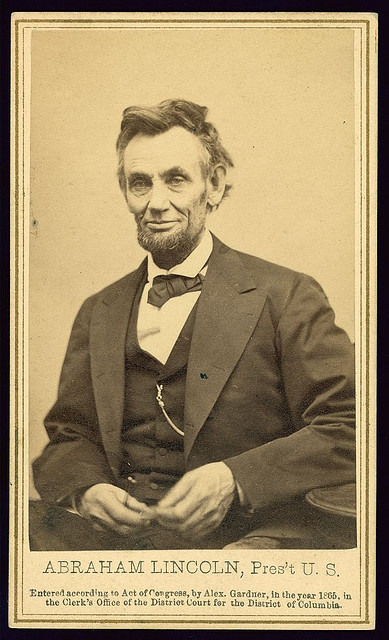Improved learning in U.S. history and decision competence with decision-focused curriculum
 Subscribe to Decision Science News by Email (one email per week, easy unsubscribe)
Subscribe to Decision Science News by Email (one email per week, easy unsubscribe)
ADDING DECISION-MAKING TRAINING INTO TRADITIONAL ACADEMIC COURSES
Chris Spetzler contributes this article, recently published in PLoS ONE, which finds that putting decision-making training into a a U.S. history course raised competence in both the material of the course, as well as in decision-making.
Title:
Improved Learning in U.S. History and Decision Competence with Decision-Focused Curriculum
Citation:
Jacobson D, Parker A, Spetzler C, Bruine de Bruin W, Hollenbeck K, et al. (2012) Improved Learning in U.S. History and Decision Competence with Decision-Focused Curriculum. PLoS ONE 7(9): e45775. doi:10.1371/journal.pone.0045775
URL:
http://www.plosone.org/article/info%3Adoi%2F10.1371%2Fjournal.pone.0045775
Abstract:
Decision making is rarely taught in high school, even though improved decision skills could benefit young people facing life-shaping decisions. While decision competence has been shown to correlate with better life outcomes, few interventions designed to improve decision skills have been evaluated with rigorous quantitative measures. A randomized study showed that integrating decision making into U.S. history instruction improved students’ history knowledge and decision-making competence, compared to traditional history instruction. Thus, integrating decision training enhanced academic performance and improved an important, general life skill associated with improved life outcomes.
Photo credit: http://www.flickr.com/photos/library_of_congress/3253742644/



Sadly, this study had 2 teachers in the experimental group and 3 in the control group. The paper makes no attempt to assess teacher variance.
I would like to believe this study, and apparently so would the authors and reviewers.
Educational research, in the absence of large amounts of money and power, is very hard.
January 5, 2013 @ 2:10 pm
Our hope is that this study begins to establish the value of teaching decision making skills more broadly and that this will lay the foundation for a randomized design including many schools and many more classrooms.
January 11, 2013 @ 5:36 pm